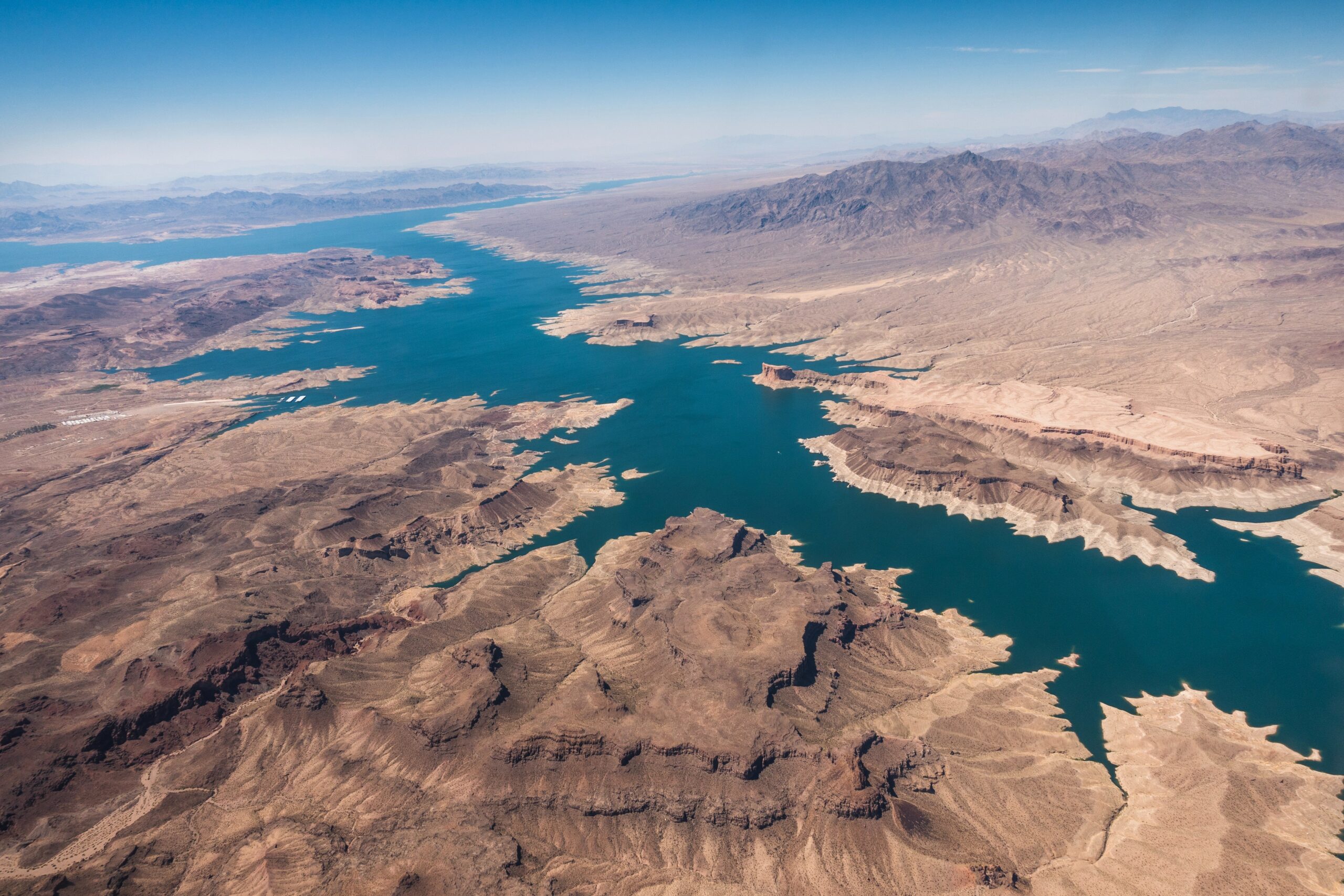4 ways water policymakers can be gamechangers
Who should take the lead in the fight against water stress? Individuals, communities, civil society and the corporate world all have a role to play. But there is another key piece in the puzzle: support, coordination, and regulation from governments.

Implementing effective water measures can be challenging, but the policy is an opportunity to regulate and reduce scarcity-driven economic and social disruption. Effective water policies challenge the way things have traditionally been done to address issues of supply, demand – and strategy. Here’s what they look like in action.
Innovation

Outdated infrastructure and urbanization represent a twin threat to water security around the world. City expansion can erase floodplains and forests, disrupting their benefits – the absorption of rainwater and pollutants – while simultaneously increasing the need for these natural processes.
Green policies can roll back these threats, for instance by reintegrating natural hydrological processes via vegetated roofs, absorbent lawns and urban parks. In Philadelphia, USA, the cost of converting impervious surfaces into permeable ones has been estimated at $1.2 billion over 25 years. Compare that to $6 billion in traditional, ‘grey’ infrastructure costs, and it’s clear such measures can be cheaper, too.
As well as reducing flood risks, these policies dovetail with increased demand. For instance, properly captured run-off can be used for non-potable needs like car washing and toilet flushing.
India’s national water policy goes further, bringing the reduce-reuse-recycle mantra to the heart of urban water management by proposing that treated wastewater be used systematically for flushing and fire-fighting.
Infrastructure

Each year 32 billion cubic meters of water are lost to leaks, theft and gaps in monitoring – sometimes known as ‘Non revenue water’. Half the losses occur in developing countries.
The problem was keenly felt in Togo during the pandemic. In 2020, just 17% of households had access to basic handwashing facilities. As in many countries, investment hasn’t kept pace with demand. Infrastructure is dated, while production capacity and supply systems leave even the capital city, Lomé, with limited access to water.
Now a diagnostic tool created with the World Bank is leading the way to water security. Data analysis is a core part of the process, predicting where and why problems start and directing attention where needed.
The tool has informed an action plan to guide policy, tariff reforms and regulations. It has also led to the Togo Urban Water Security Project, a $65 million project to improve the national urban water utility’s operational efficiency.
Insight

Like Togo, Jordan suffers unsustainable water loss: 50% is non-revenue, which translates to losses worth around $500 million annually.
While policy can create new pathways to better water management, sometimes they must involve restrictions, too. Just as policy can’t ignore supply and maintenance issues, it can’t continue to reward intensive water use. Hence creating sound policy means predicting nudge factors.
For instance, Jordan is one of the world’s most water-scarce countries yet it is home to large, water-intensive farms such as banana plantations. Even small-holder farmers continue to grow water-intensive crops such as melons. These crops offer the subsistence farmers higher profit margins at local markets – enough to justify paying for extra water – so water rationing takes a back seat.
Again India’s national water policy models an alternative approach. Here, policy proposals encourage diversification away from thirsty crops, backing it up with public procurement regulations that favour pulses and nutri-cereals instead.
Shifting to preparedness, rather than reacting to crisis, in line with the pillars of drought management, may be key to water policies that work.
Inclusion

Research has shown that fragmented water institutions are the biggest headache facing policymakers, so inclusion – in the sense of a shared vision – is important.
As climate change exacerbates long-standing patterns of drought across the Middle East, the government of Jordan is strengthening resilience via the MENADrought project, in partnership with the International Water Management Institute (IWMI).
Outcomes include actions for reducing drought and minimising its impact. There’s also access to tools, such as map systems that detect drought across water systems before they’re visible on the ground. IWMI says this access to expertise is why a multidisciplinary team should be a project priority.
Similarly, persuasive water policies include all stakeholders. Yet while women across developing nations bear the responsibility for managing water, they’re often excluded from policy decisions and fair access. The economic incentives for inclusion are potent: recovering 200 million hours lost every day, as well as improving participation in education and employment. This is another gap that policy can close for the better.
There’s no shortage of models that countries can emulate and adapt. But ultimately, as researchers investigating water scarcity in Spain’s Jucar Basin suggests, the most effective approaches package together a series of interventions rather than single or short-lived policies.